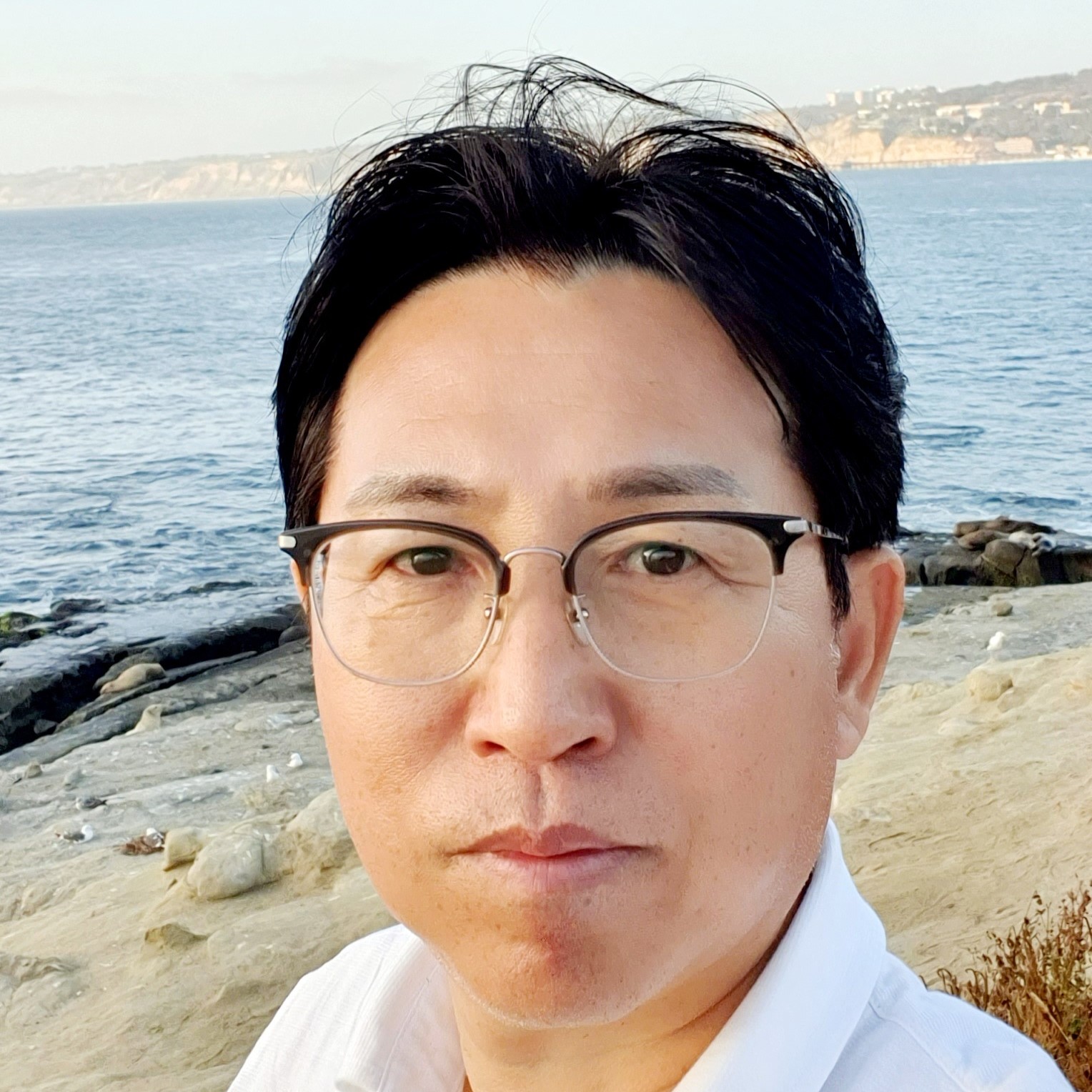Panel: Security Challenges in Future Memory Technologies and Confidential Compute

David Blankenbeckler
Intel
Bio: David Blankenbeckler has worked in the computer industry for 32 years and at Intel for the last 28 years. For much of his career, David worked on validation of I/O and memory buses, including PCI Express Gen 1, 2, 3, and 4 and DDR2, DDR3, DDR4, and DDR5. When Intel first discovered Rowhammer in 2012, David was asked to lead the Intel-wide cross-functional team to drive mitigations for Intel products. Each time the issue has reappeared, David has ramped up a technical team to address. Once it was clear that DDR4 was not Rowhammer free, David decided to focus exclusively on memory security. He now leads a memory security team, driving mitigation actions to memory security issues, doing memory security research, and proactively driving memory security improvements for Intel products. When not pondering why Rowhammer is still around, David likes to spend his time sailing, running, mountain biking and spending time with his family.

Dong-Kyun Kim SK Hynix
Bio: Dongkyun Kim is SK hynix fellow and the head of the next generation memory architecture of DRAM design. He received the B.S and M.S degree in information and communication engineering, from Chungbuk National University, Korea in 1993 and 1995, respectively. He joined Hynix in 1995 and designed computing DRAMs such as EDO, SDR, DDR1/2/3, and DDR4 DRAM. Since 2013, he became the director of design and succeeded in developing the world's first LPDDR4, and since 2018, he was in charge of the development of the world's first DDR5. He wrote papers about the first DDR5 in ISSCC 2019 and JSSC 2020 as a lead author. He participated in JEDEC committee and task group of solid state memories from 2012 to 2023. Now, he is focusing on pathfinding and development of extreme high performance, low power and highly reliable memory.

Taek Woon Kim
Samsung Electronics
Bio: Taek Woon Kim is a staff engineer of DRAM product planning in Samsung Electronics, and his core interest is standardization of SDRAMs like DDR, HBM, and GDDR. Taek Kim is a chair of JEDEC’s DDRx sub-committee, JC-42.3, which is targetting to standardize DDR product families. He’s also a vice-chair of Joint Task Group for Data Integrity, which is seeking for the path to eliminate Rowhammer.

Onur Mutlu
ETH Zürich
Bio: Onur Mutlu is a Professor of Computer Science at ETH Zürich. He is also a faculty member at Carnegie Mellon University, where he previously held the Strecker Early Career Professorship. His current broader research interests are in computer architecture, systems, hardware security, and bioinformatics. A variety of techniques he, along with his group and collaborators, has invented over the years have influenced industry and have been employed in commercial microprocessors and memory/storage systems. He obtained his PhD and MS in ECE from the University of Texas at Austin and BS degrees in Computer Engineering and Psychology from the University of Michigan, Ann Arbor. He started the Computer Architecture Group at Microsoft Research (2006-2009), and held various product and research positions at Intel Corporation, Advanced Micro Devices, VMware, and Google. He received the IEEE High Performance Computer Architecture Test of Time Award, the IEEE Computer Society Edward J. McCluskey Technical Achievement Award, ACM SIGARCH Maurice Wilkes Award, the inaugural IEEE Computer Society Young Computer Architect Award, the inaugural Intel Early Career Faculty Award, US National Science Foundation CAREER Award, Carnegie Mellon University Ladd Research Award, faculty partnership awards from various companies, and a healthy number of best paper or “Top Pick” paper recognitions at various computer systems, architecture, and security venues. He is an ACM Fellow “for contributions to computer architecture research, especially in memory systems”, IEEE Fellow for “contributions to computer architecture research and practice”, and an elected member of the Academy of Europe (Academia Europaea). His computer architecture and digital logic design course lectures and materials are freely available on YouTube, and his research group makes a wide variety of software and hardware artifacts freely available online. For more information, please see his webpage.

Stefan Saroiu
Microsoft
Bio: Stefan Saroiu is a researcher at Microsoft, now in the Office of the CTO, Azure for Operators, and until 2020, at Microsoft Research. Stefan's research interests span many aspects of systems and networks although his most recent work focuses on systems security. Stefan's work has been published at top conferences in security, systems, networking, and mobile computing. Stefan takes his work beyond publishing results. With his colleagues at Microsoft, (1) he is helping DRAM industry to address the threat of Rowhammer attacks once and for all, (2) he designed a methodology for testing cloud servers for the susceptibility to Rowhammer attacks, (3) he designed, deployed, and operated Microsoft Embedded Social, a cloud service aimed at user engagement in mobile apps that had 20 million users, (4) he designed the reference implementation of a software-based Trusted Platform Module (TPM) used in millions of smartphones and tablets, and (5) he designed and operated Zero-Effort Payments (ZEP), one of the first face recognition-based payment systems in the world. Before joining Microsoft in 2008, Stefan spent three years as an Assistant Professor at the University of Toronto, and four months at Amazon.com as a visiting researcher where he worked on the early designs of their new shopping cart system (aka Dynamo). Stefan is an ACM Distinguished Member.